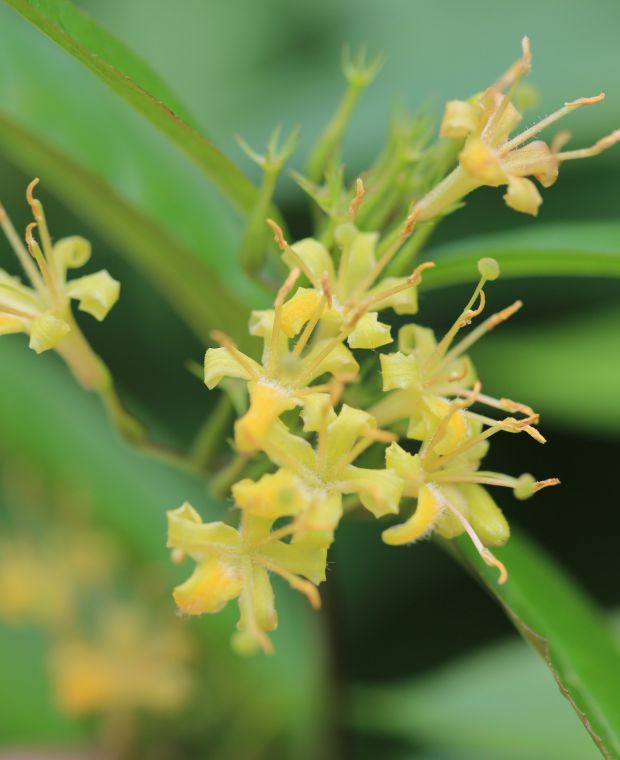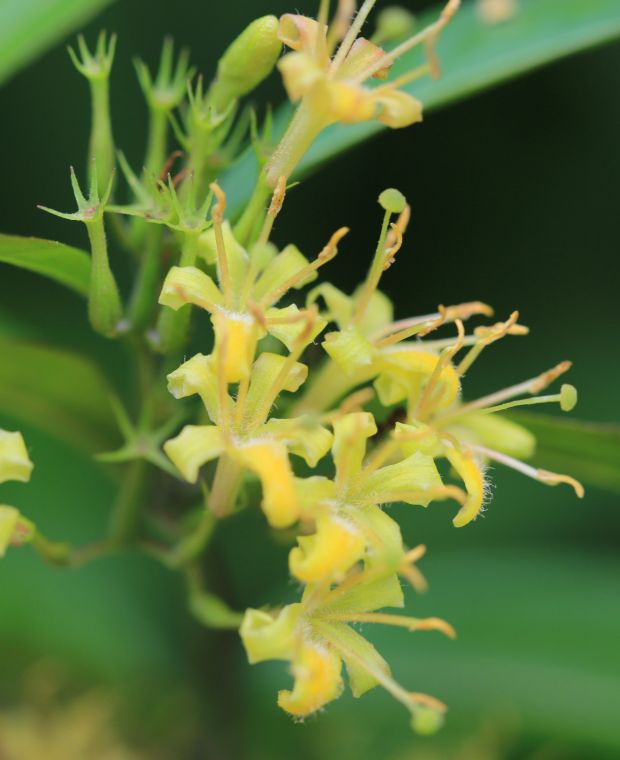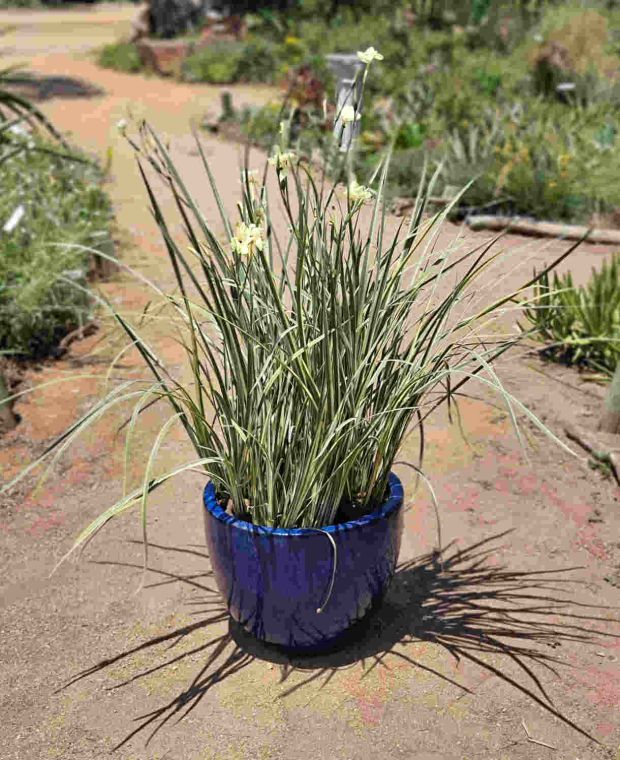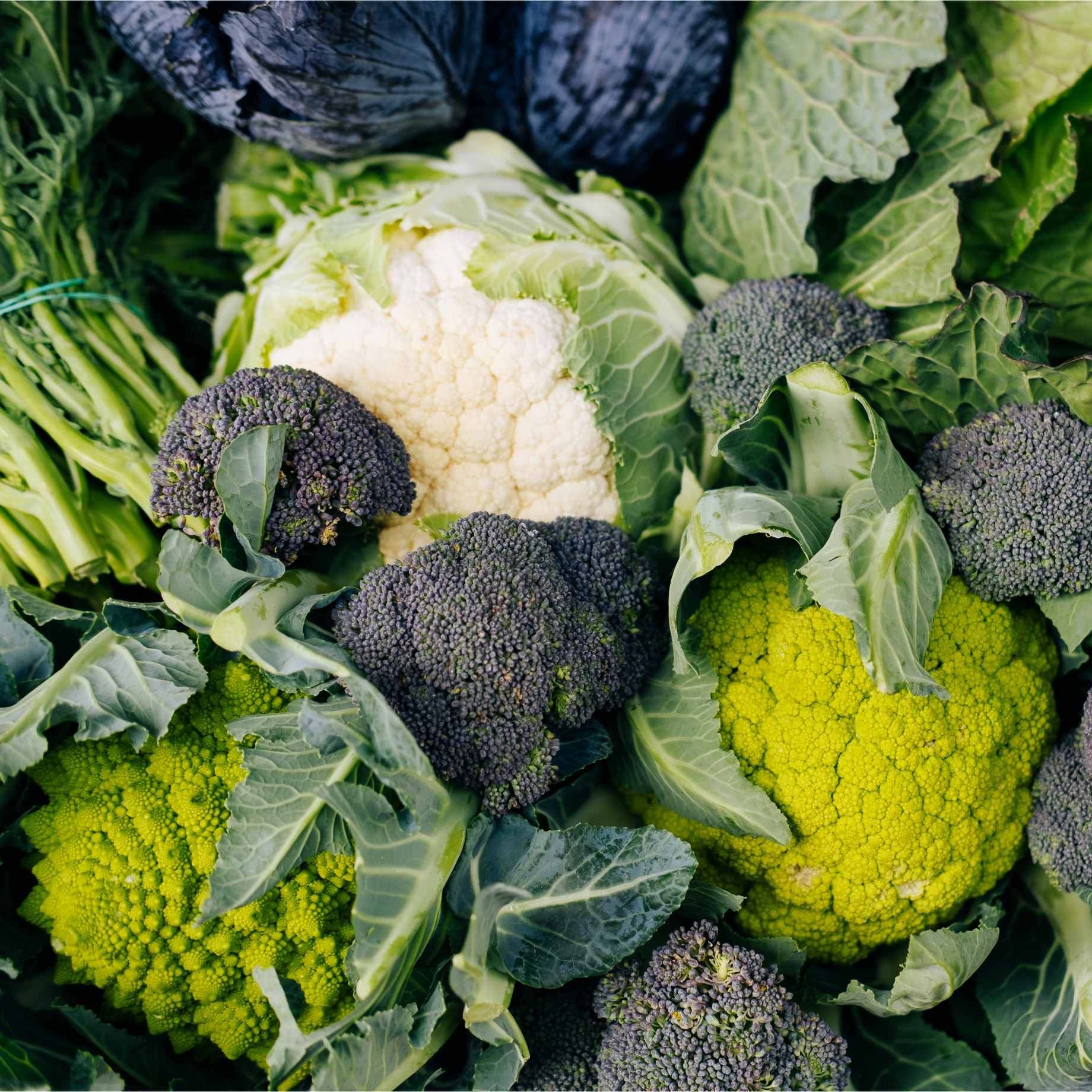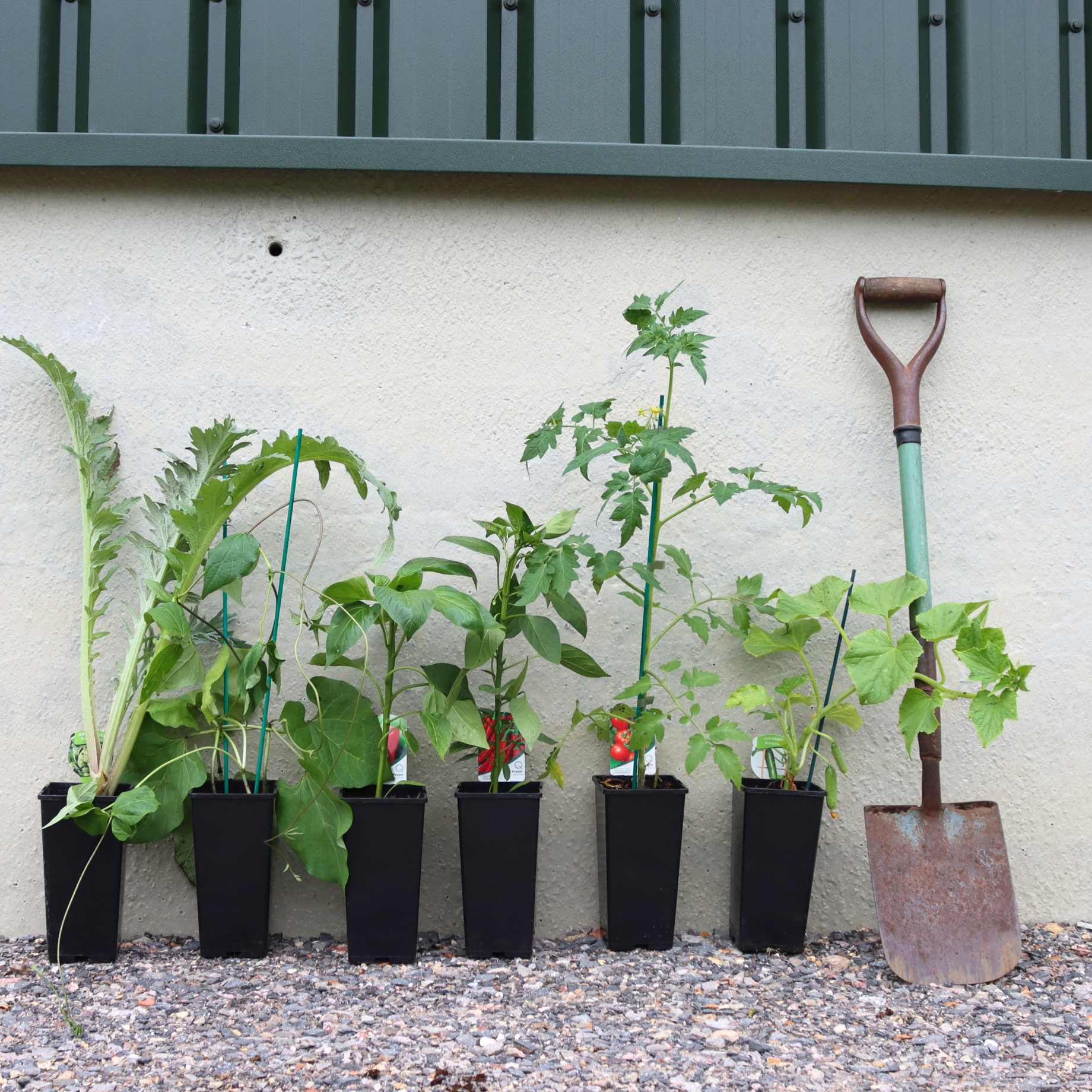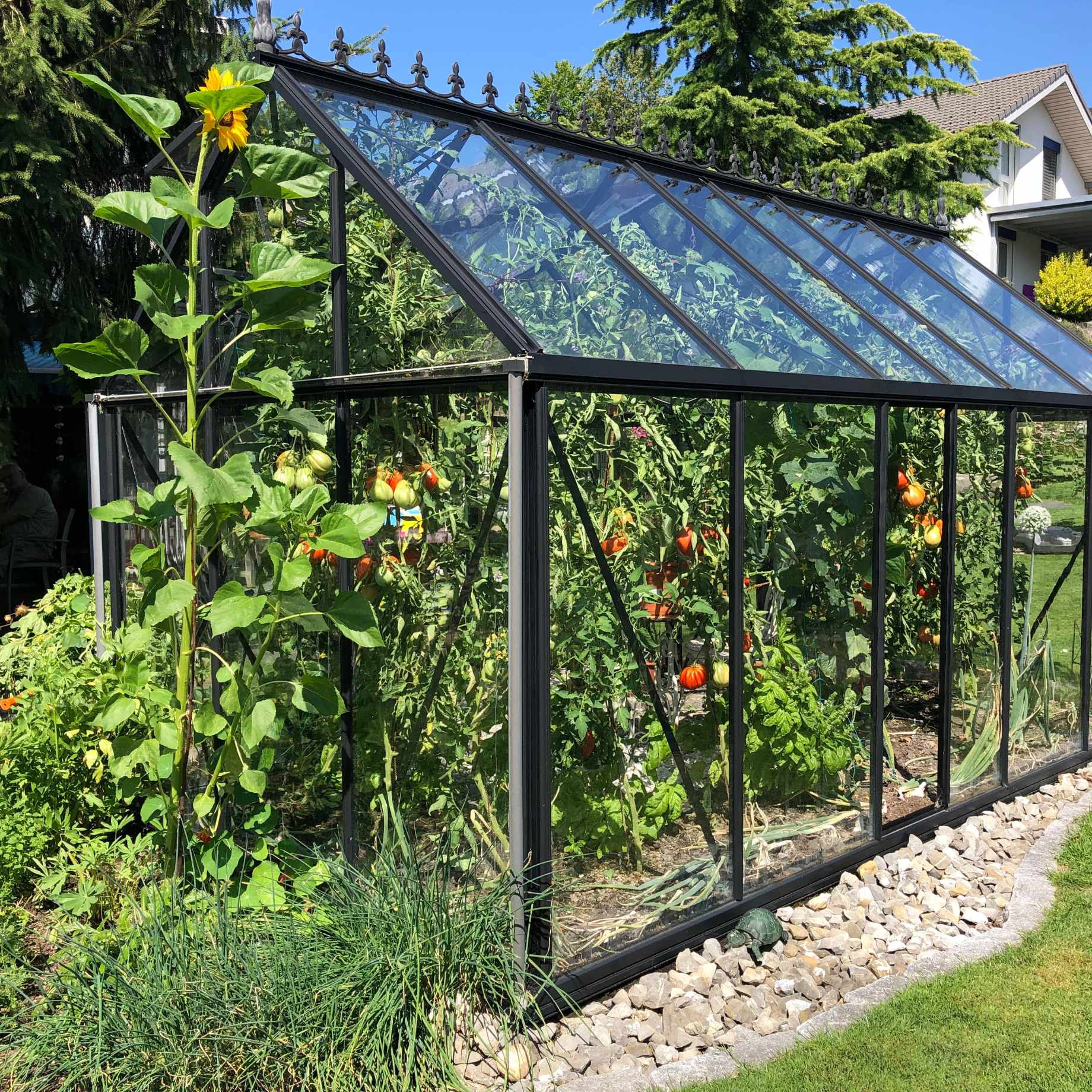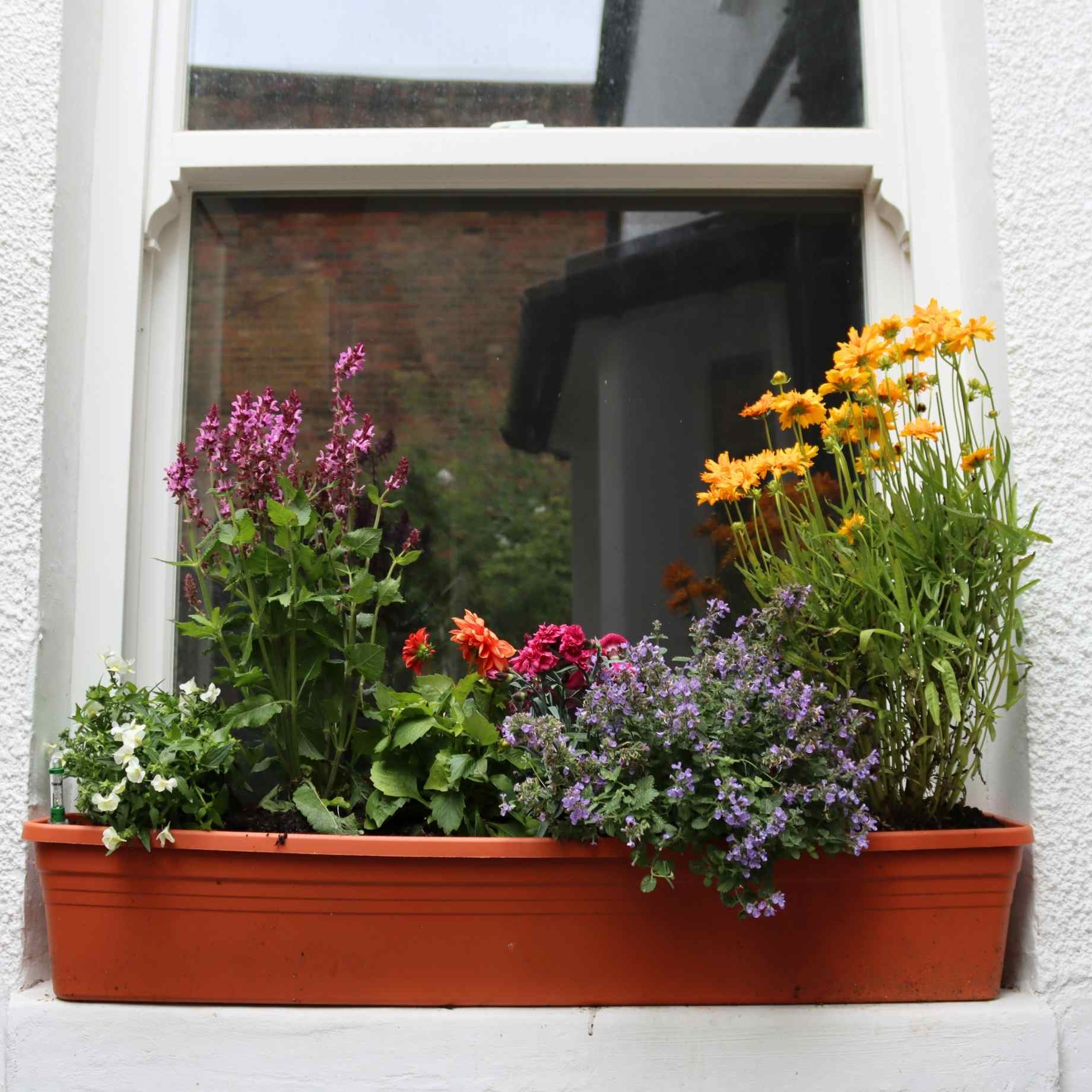Tell Me More…
A bee and butterfly magnet when it flowers from May to June, Diervilla rivularis ‘Honeybee’ is aptly named for the way it attracts pollinators into your garden. Furthermore, its bright, yellow green foliage is attractive to us as well, and will put on a colourful show when the leaves take on coppery red hues earlier in the season. An unusual, hardy shrub which is covered in clusters of buttery yellow, trumpet-like flowers, similar to honeysuckle. These elegant tubular blooms and protruding stamen are the reason this plant is often referred to as the Bush Honeysuckle. Leaves are large and jungle-like with an oval form culminating in elegantly pointed tips.Diervilla are thicket forming shrubs and Diervilla rivularis ‘Honeybee’ matures to a height of 90cm metres with a spread of 1.2 metres. A fully hardy, herbaceous shrub, ideal for filling gaps with interest – perhaps near the back of a border or used as low screening. Can also be grown as hedging. Prefers well-drained soil in full sun or partial shade.
Flower and Foliage Months
Jan
Feb
Mar
Apr
May
Jun
Jul
Aug
Sep
Oct
Nov
Dec
Foliage Month
Flowering Month
Key Information
| Latin Name | Diervilla Honeybee 9cm Pot |
|---|---|
| Common Name | Bush honeysuckle |
| Hardiness | H7 (-20°C and below) |
| Colour | Yellow |
| Type | Shrub |
| Format | 9cm Pots |
| Position | Full-Sun, Part-Shade, Part-Sun |
| Foliage | Deciduous |
| Height in Maturity (m) | 0.90 m |
| Spread in Maturity (m) | 1.20 |
| Soil Conditions | Chalk Loam Sand |
| Soil Acidity | Acid Alkaline Neutral |
| Aspect | East-facing, North-facing, South-facing, West-facing |
| Scented | Yes |
| Drought Tolerant | Yes |
| Good for pots | Yes |
| Good for wildlife | Yes |
| Good for pollinators | Yes |

